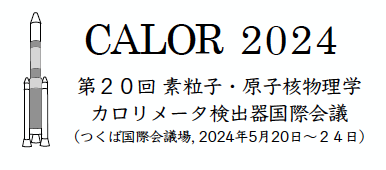Speaker
Description
The High Luminosity upgrade of the LHC (HL-LHC) at CERN will provide unprecedented instantaneous and integrated luminosities of around 5 x 10^34 /cm2 /s and 3000/fb respectively from 2029 onwards. Particular challenges at the HL-LHC are the harsh radiation environment, the increasing data rates, and the extreme level of pileup events, with up to 200 simultaneous proton-proton collisions expected. In the barrel region of the CMS electromagnetic calorimeter (ECAL), the lead tungstate crystals and avalanche photodiodes (APDs) will continue to perform well, while the readout and trigger electronics need to be replaced.
The upgraded on-detector readout will use new, faster analog electronics and an increased pulse sampling rate to provide better time resolution, which will improve pileup mitigation and the rejection of large unwanted signals in the APDs, termed “spikes”. The new electronics allow more sophisticated trigger algorithms.
We present the most recent test beam results of the new on-detector and off-detector readout electronics obtained using the H4 beamline at the CERN SPS. During these tests, signals from high energy electrons were read out from the crystals and APD photodetectors, via the new on-detector readout, and finally to the off-detector processor boards, and precise measurements of the energy and timing resolution were obtained. This presentation will provide an overview of the scope of the ECAL barrel upgrade, will describe the current status, and will highlight the key results from these latest integration tests.
